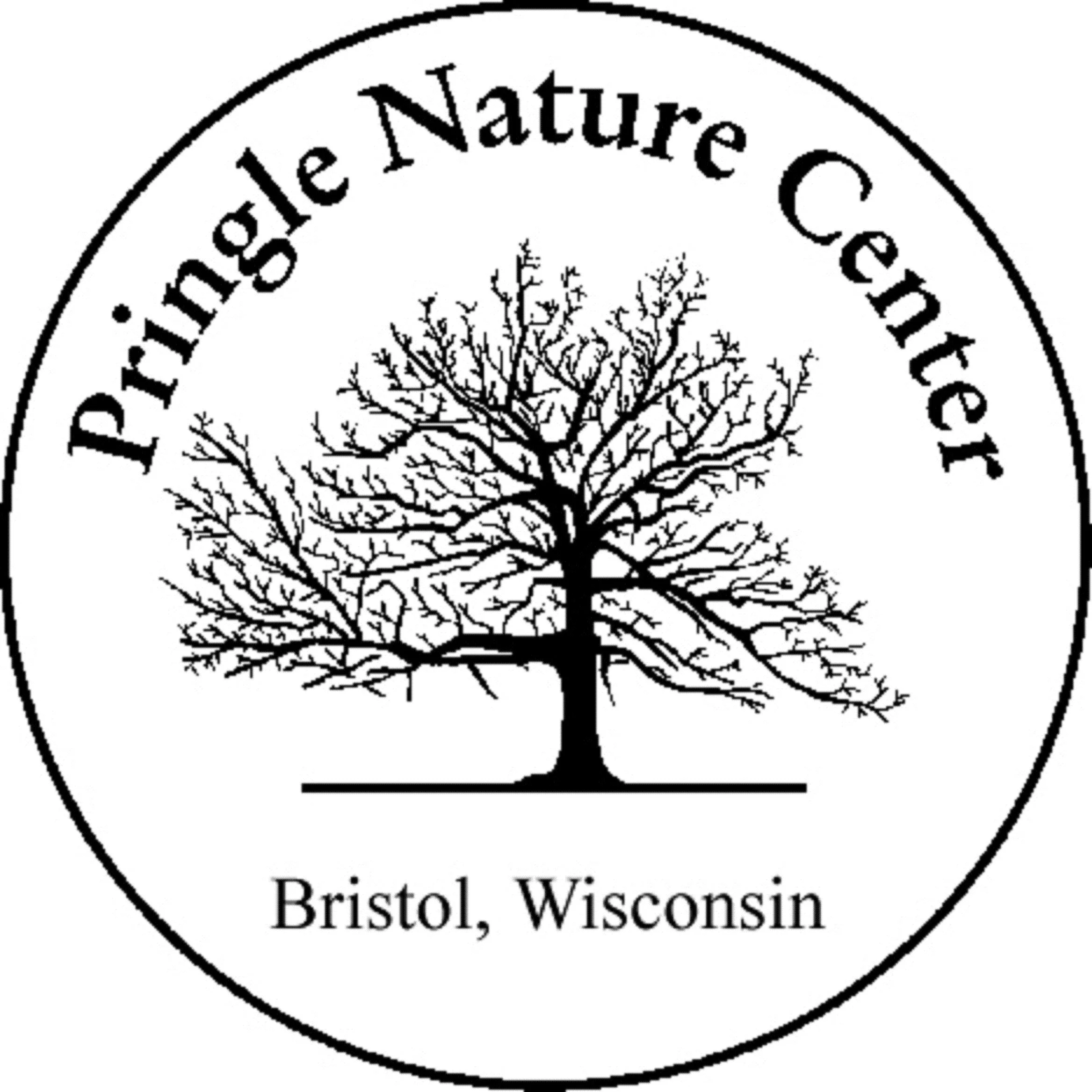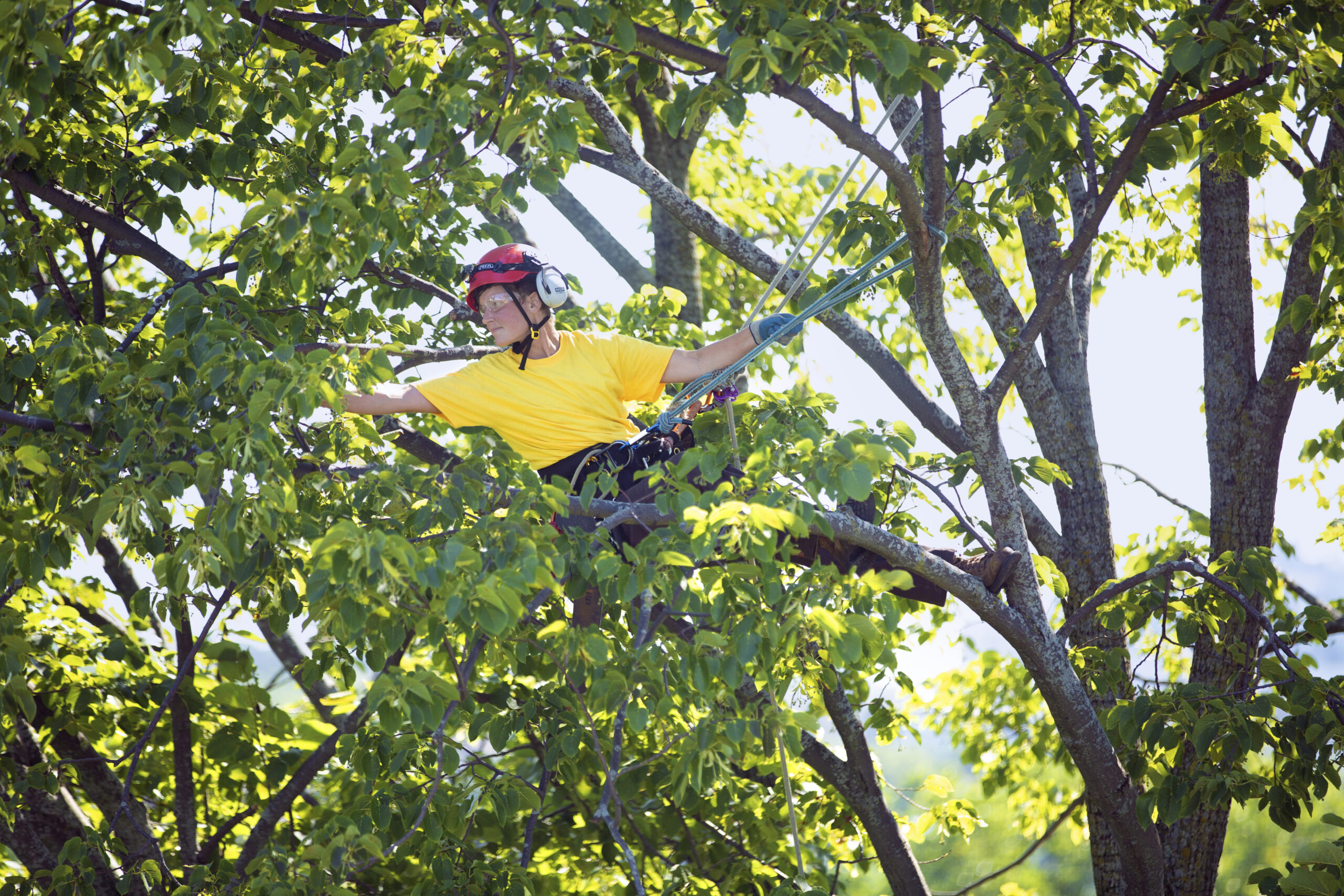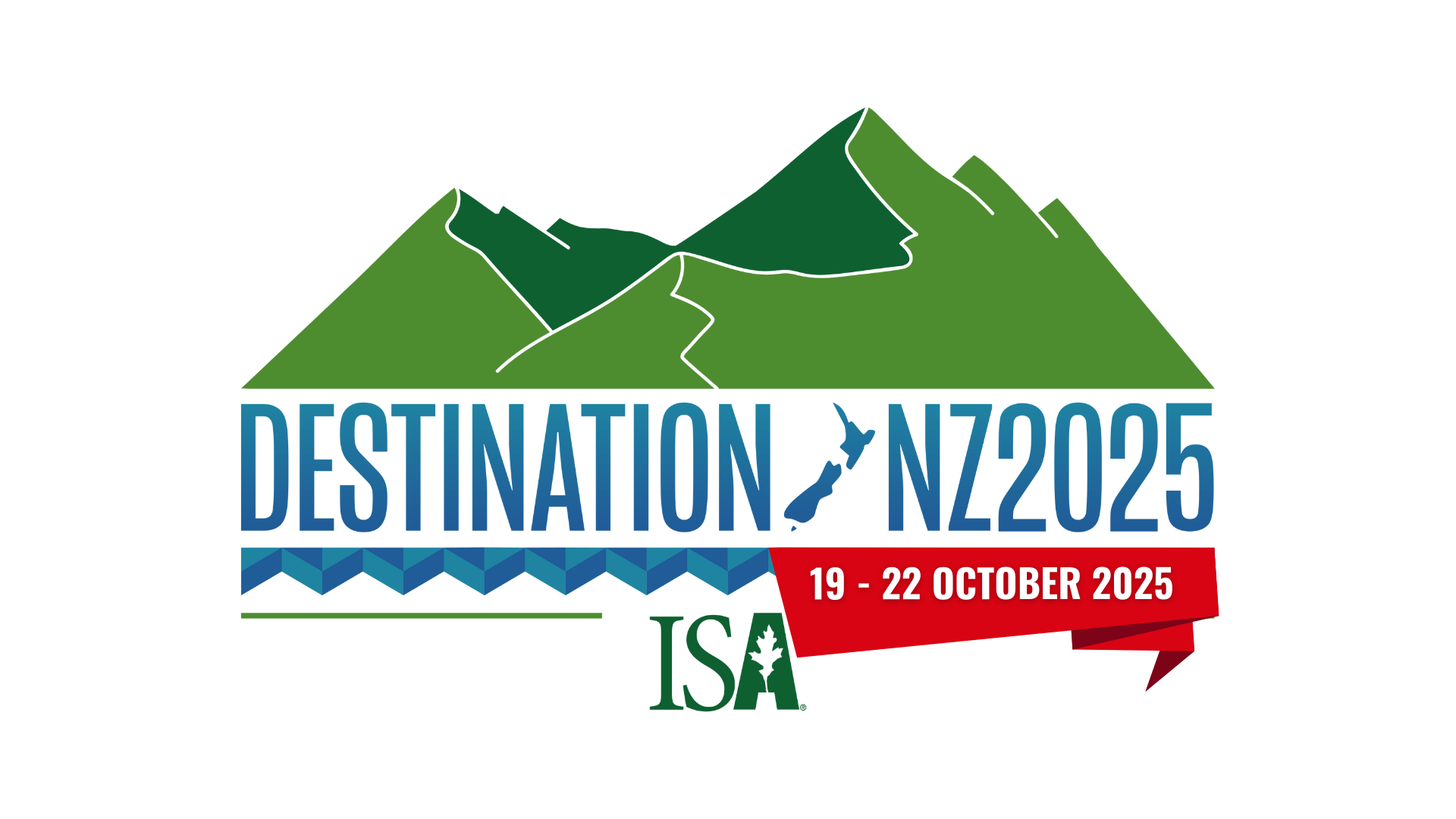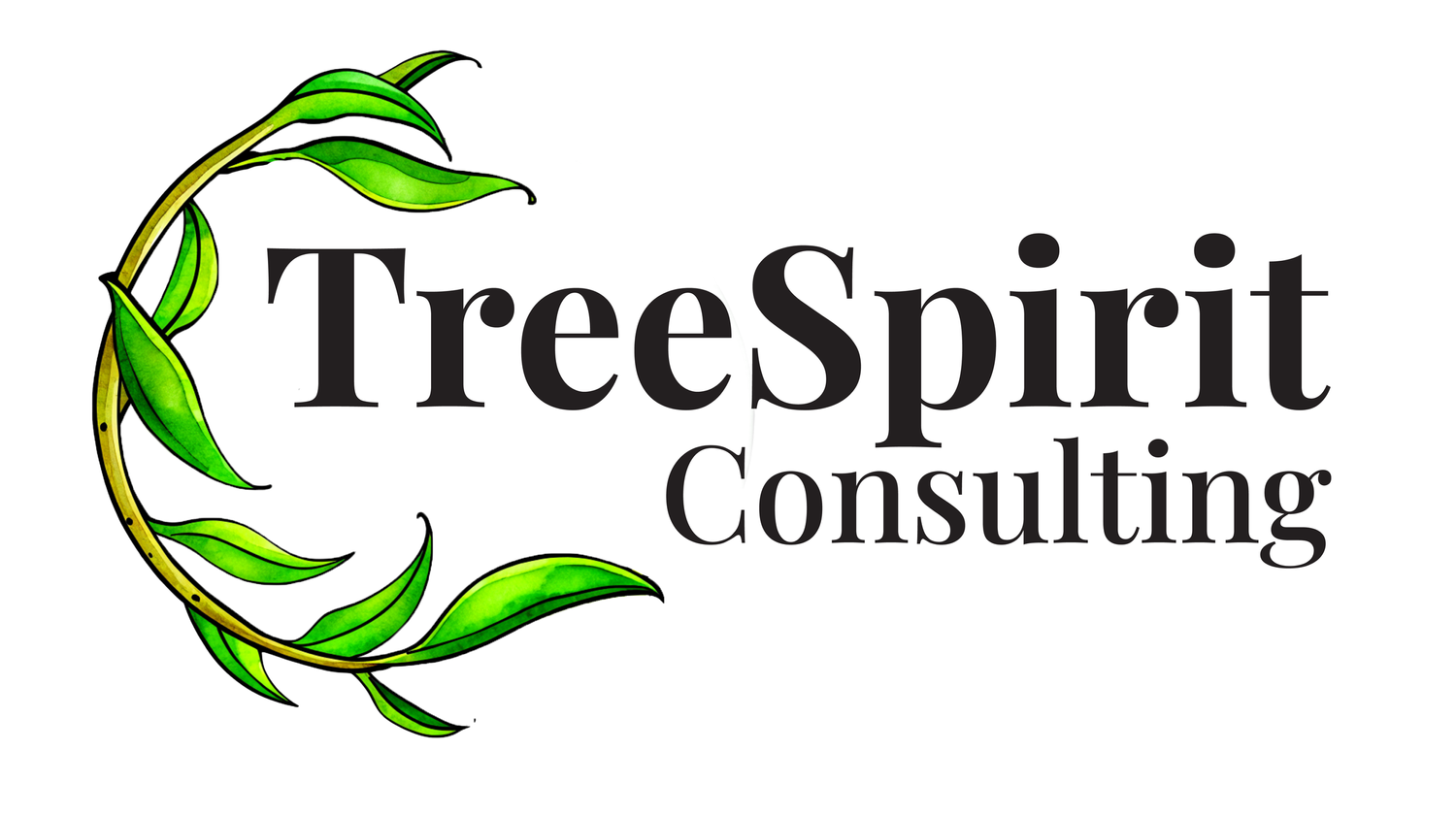
Urban Forestry Today Webinar: “Safety Update – The New Z133 Standard”
Join Dr. John Ball, South Dakota State University, as he returns to outline the major changes in the Z133 Safety Guidelines, as they pertain to Arboriculture/Urban Forestry operations. To attend live on 9/04/25 @ Noon (Eastern) and receive an ISA/MCA CEU at no cost,click here or visit www.joinwebinar.com & enter 345-177-307 (Space will be limited – all attendees should be prepared to…

2025 WAA Tree Climbing Championship
Mead Park 1201 W. Whitney St., Stevens Point, Wisconsin, United StatesMead Park, Stevens Point, WI 1201 W. Whitney St., Stevens Point, WI 54481 Friday will include education sessions with CEUs, gear check, walk-through, and ascent event. Saturday will be the remaining preliminary events and preliminary awards. Sunday will be the Master’s Challenge and final awards. Sponsorships NEARBY HOTELS (just a couple listed, there are more)…

2025 Urban Forestry Workshop
The 2025 Urban Forestry Workshop topic is Invasive Species Plant Identification and Management. This workshop will be held this fall in six locations throughout the State. Each location will include morning classroom instruction followed by hands-on field demonstrations in the afternoon. The cost of the workshop is $40 per person, discounted from $70 due to…

WAA Kids’ Climb
Pringle Nature Center 9800 160th St, Bristol, Wisconsin, United StatesPringle Nature Center, 9800 160th St. Bristol WI, 53104 Bring your family, children and neighbors for this Kids' Climb event as part of Fall Fun Fest at Pringle Nature Center. VOLUNTEERS NEEDED To make these events successful we need help. We need volunteers to be on the ground and also up in the tree. …

2025 Urban Forestry Workshop
The 2025 Urban Forestry Workshop topic is Invasive Species Plant Identification and Management. This workshop will be held this fall in six locations throughout the State. Each location will include morning classroom instruction followed by hands-on field demonstrations in the afternoon. The cost of the workshop is $40 per person, discounted from $70 due to…

2025 Urban Forestry Workshop
The 2025 Urban Forestry Workshop topic is Invasive Species Plant Identification and Management. This workshop will be held this fall in six locations throughout the State. Each location will include morning classroom instruction followed by hands-on field demonstrations in the afternoon. The cost of the workshop is $40 per person, discounted from $70 due to…

2025 Urban Forestry Workshop
The 2025 Urban Forestry Workshop topic is Invasive Species Plant Identification and Management. This workshop will be held this fall in six locations throughout the State. Each location will include morning classroom instruction followed by hands-on field demonstrations in the afternoon. The cost of the workshop is $40 per person, discounted from $70 due to…

2025 Urban Forestry Workshop
The 2025 Urban Forestry Workshop topic is Invasive Species Plant Identification and Management. This workshop will be held this fall in six locations throughout the State. Each location will include morning classroom instruction followed by hands-on field demonstrations in the afternoon. The cost of the workshop is $40 per person, discounted from $70 due to…

Urban Forestry Today Webinar: “Understanding the Lifespan of Urban Trees”
To derive the benefits of urban tree planting, trees must be able to survive and mature. Join Dr. Deborah Hilbert, SUNY ESF, as she furthers our understanding about tree longevity & survival in the urban environment. Save the Date to attend live on 10/02/25 @ Noon (Eastern) and receive an ISA/MCA CEU at no cost, (Space will be limited –…

Women’s Rec & Safety Climb at Token Creek – FREE
Token Creek County Park 6200 Williamsburg Way, DeForest WI 53532 FREE EVENT FOR WOMEN This is an event where women can network with other women arborists and have a safe/comfortable environment to learn what they want and hang out with other women in the industry. Women arborists with any level of experience are welcome and…

WAA Kids’ Climb
Racine- Riverbend Nature Center 3600 North Green Bay Road, Racine WI 53404, Racine, Wisconsin, United StatesRacine - River Bend Nature Center - 3600 North Green Bay Road, Racine WI 53404 Bring your family, children and neighbors for this Kids' Climb event! VOLUNTEERS NEEDED To make these events successful we need help. We need volunteers to be on the ground and also up in the tree. Tasks include: helping parents…

2025 Urban Forestry Workshop
The 2025 Urban Forestry Workshop topic is Invasive Species Plant Identification and Management. This workshop will be held this fall in six locations throughout the State. Each location will include morning classroom instruction followed by hands-on field demonstrations in the afternoon. The cost of the workshop is $40 per person, discounted from $70 due to…

WAA 2025 Fall Seminar
Army Lake Camp & Retreat Center N8725 Army Lake Rd., East Troy, WisconsinManaging Trees From Above and Below Please join the WAA at our next Fall Seminar in East Troy, WI to learn a lot and earn your much needed CEUs at Army Lake Camp & Retreat Center. We are offering two tracks of education, one indoors and one outdoors, so dress accordingly. We hope to see…
$140 – $160
ISA Certified Arborist, ISA Certified Arborist Utility Specialist, and ISA Certified Urban Forest Professional Exam CANCELLED
Army Lake Camp & Retreat Center N8725 Army Lake Rd., East Troy, WisconsinCANCELLED DUE TO LOW ENROLLMENT Registration Deadline: September 16, 2025 Seats Available: 30 Minimum Seating: 5 ISA's NEW REGISTRATION PROCESS Required Registration Steps: If you have questions about your application, please get in touch with ISA. The Chapter does not have access to your application and cannot answer questions related to the application process. Please…

TREE Fund Webinars
Policy Strategies to Value and Retain Mature Urban Trees on Private Lands Tuesday, October 14, 2025 @ 12:00pm CST As a lawyer and planner, JD Brown explores the intersection of urban planning and policy frameworks to help cities nurture abundant, biodiverse, and equitably accessible nature. He has authored an array of guiding documents to assist…

2025 International Tree Climbing Championship
Christchurch, NEW ZEALAND The International Tree Climbing Championship (ITCC) provides a competitive but educational opportunity for working arborists around the globe to demonstrate and exchange new climbing techniques and equipment, as well as safe work practices. The ITCC also increases the interaction between ISA chapters and Associate Organizations and members, and provides positive public exposure…

ISA 2025 Annual International Conference in Christchurch, New Zealand
Nau mai, haere mai – Welcome! Mark your calendars to join us in Ōtautahi Christchurch, New Zealand for the ISA 2025 Annual International Conference. The ISA Annual International Conference offers a forum for participants to learn and network with others in the arboricultural profession. This event provides a lineup of keynote speakers and educational breakout…
$585
TREE Fund Webinars
Optimizing Tree Responses to Root Pruning in Mature Trees Tuesday, November 4, 2025 @ 2:00pm CST Justin Morgenroth will present on his research titled, “Optimizing Tree Responses to Root Pruning in Mature Trees.” Registration is open here

TCI Expo 2025
America's Center Convention Complex 701 Convention Plaza, St. Louis, Missouri, United StatesTCI EXPO 2025 St. Louis Missouri Join us in St. Louis for TCI Expo 25, the largest and most comprehensive trade show and conference in the tree care industry. Whether you’re a seasoned professional or new to the field, this is your gateway to cutting-edge education, state-of-the-art equipment, and exciting events. More information to come...

Electrical Hazards Awareness and Education Training For Arborists (EHAT)
Urban Ecology Center 1500 E. Park Place, Milwaukee, Wisconsin, United StatesUrban Ecology Center in Milwaukee - Riverside Park Community Room 1500 E. Park Pl., Milwaukee, WI 53211 Reduced Rate EHAT Training for WAA Members! This is a special training opportunity for WAA members and non members. WAA members receive a greatly reduced rate. Take advantage of this electrical hazard training. This knowledge-based course will consist…
PAYMENT AND RETURN POLICY
